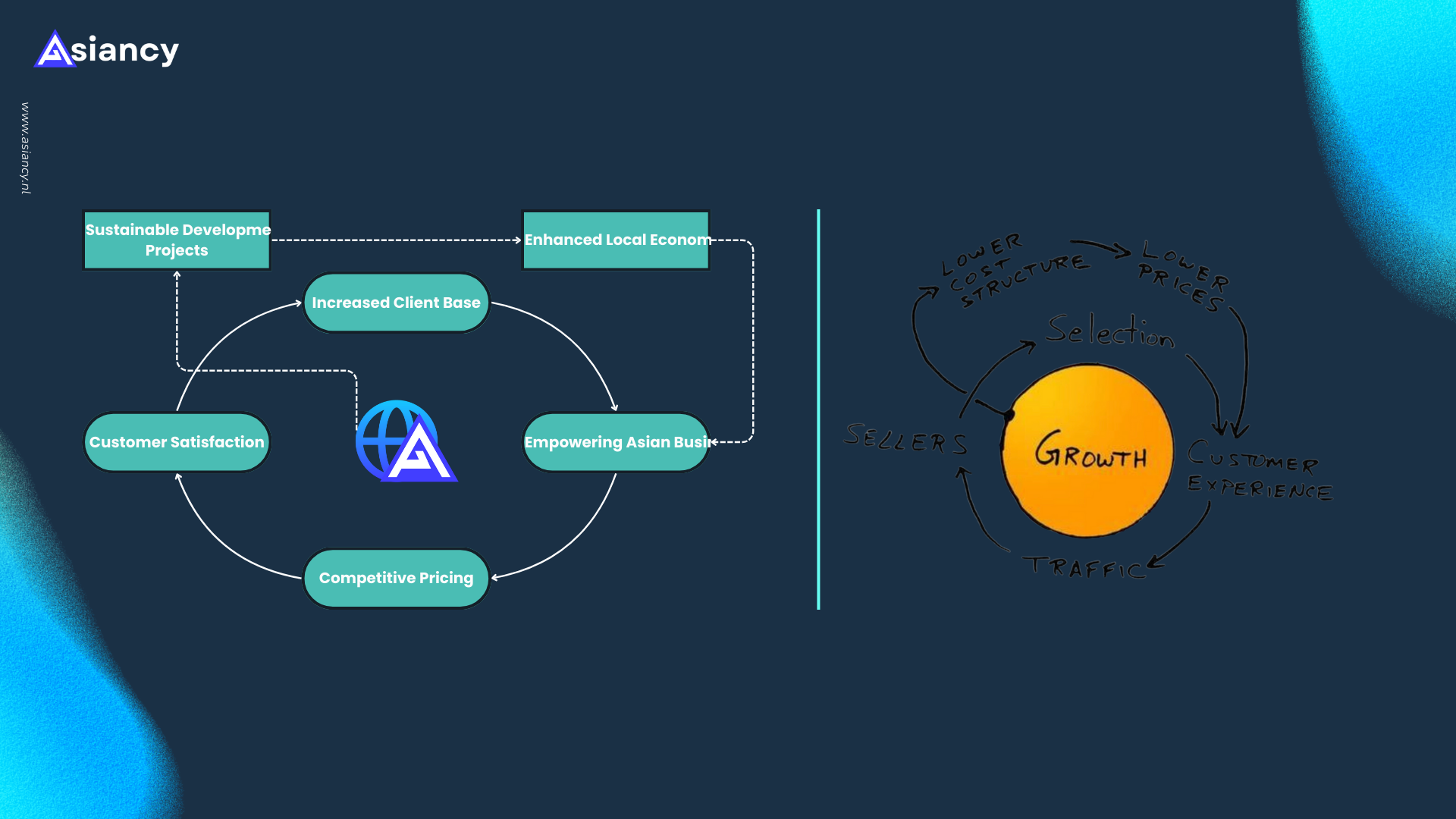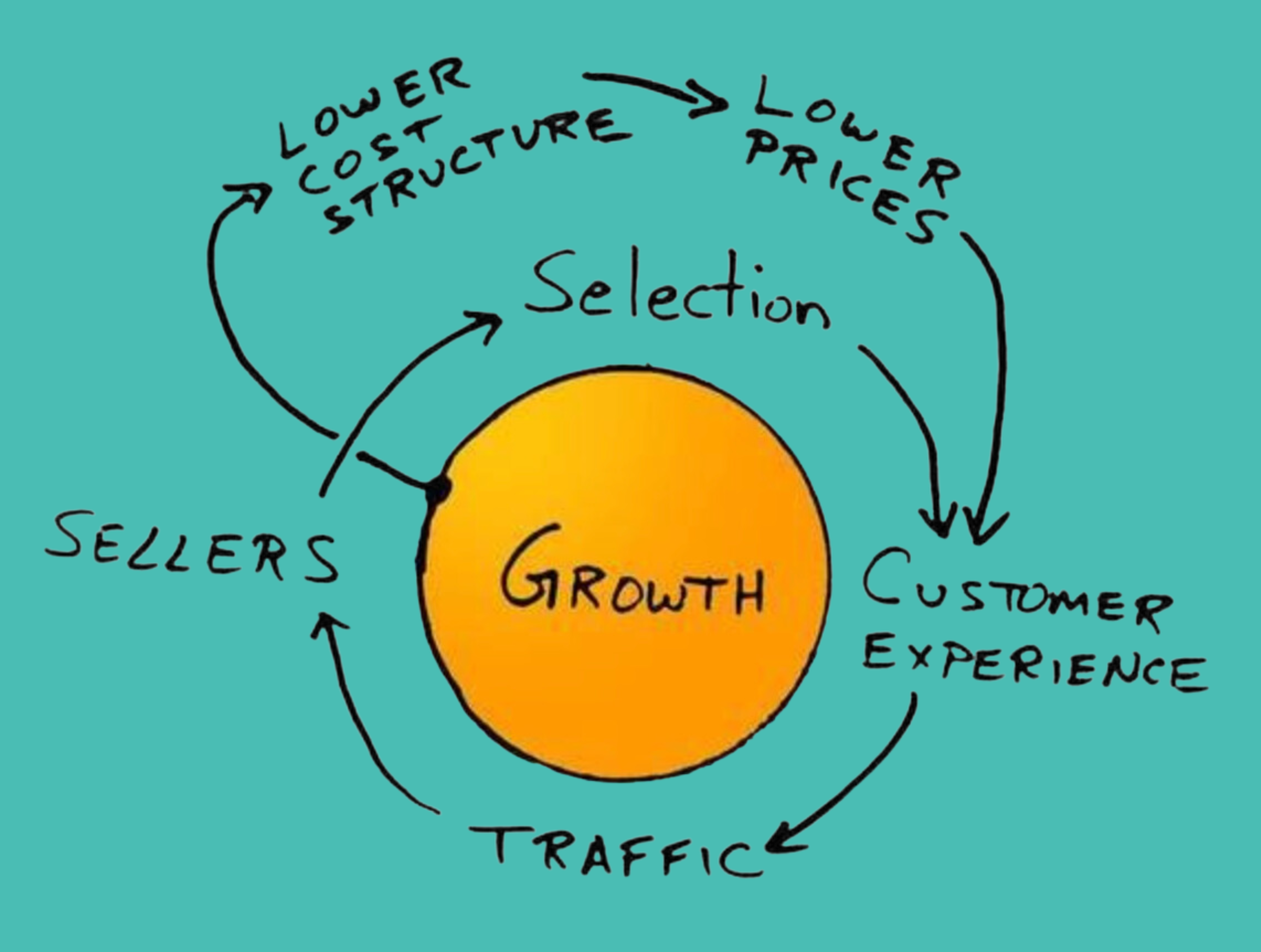How Amazon’s Strategy Drives Success and How You Can Apply It
In the realm of business strategy, the Flywheel Effect stands out as a powerful principle for sustainable growth. Coined by Jim Collins in his influential book Good to Great, the Flywheel Effect illustrates how a series of small, strategic actions can create a self-reinforcing cycle of momentum and success. Amazon’s remarkable success story is a prime example of this effect in action, offering valuable insights for businesses looking to harness their own Flywheel for growth.
Understanding the Flywheel Effect
The Flywheel Effect is akin to a large flywheel that requires a lot of initial effort to get spinning but, once it gains momentum, continues to turn with minimal additional input. This concept emphasizes the importance of creating a cycle where each action reinforces and amplifies the others, leading to sustained growth and increased efficiency over time.
Amazon’s Mastery of the Flywheel Effect
Amazon’s Flywheel Effect illustrates how the company uses a self-reinforcing cycle to drive growth. It starts with a strong focus on enhancing customer experience, which increases traffic to the platform. This traffic attracts more sellers, leading to a broader selection of products. The expanded selection and improved experience drive further customer satisfaction, creating a feedback loop that fuels growth. Concurrently, this growth allows Amazon to achieve lower operational costs, which enables lower prices. These lower prices enhance the customer experience even more, perpetuating the cycle. Essentially, Amazon’s Flywheel Effect demonstrates how optimizing key components—customer experience, traffic, selection, and cost efficiency—creates a powerful engine for sustained success.
Applying the Flywheel Effect to Your Business
Businesses of all sizes can apply the Flywheel Effect by identifying and optimizing key components that drive their growth. Here’s how you can leverage this principle for your business:
1. Identify Core Drivers:
Determine the critical elements influencing your growth, such as customer satisfaction, operational efficiency, or product selection.
2. Build Momentum:
Begin with focused actions that improve these core drivers. Ensure each action is aligned with your long-term business goals and contributes to building momentum.
3. Measure and Optimize:
Continuously assess the effectiveness of your Flywheel. Use data and feedback to refine and enhance your strategies, ensuring each component reinforces the others.
4. Reinvest in Growth:
Allocate resources to improve further and expand your key drivers. Investments in technology, innovation, or additional product lines can help sustain and accelerate your Flywheel.
5. Maintain Focus:
Keep your attention on the Flywheel’s key components and avoid distractions. The goal is to maintain a steady push that keeps the Flywheel spinning.
Asiancy’s Implementation of the Flywheel Effect
At Asiancy, we’ve successfully implemented our Flywheel to drive growth and success. Focusing on key areas such as empowering Asian businesses, competitive pricing, and customer satisfaction, we’ve created a self-reinforcing cycle that fuels our business growth. To learn more about how we’ve applied these principles, visit our About page.
Ready to Accelerate Your Business Growth?
We can only take 3 more clients
Harness the Flywheel Effect with Asiancy’s proven strategies. Learn how our tailored solutions boost customer satisfaction, streamline operations, and fuel ongoing success. See how we’ve leveraged the Flywheel to drive transformative results for businesses like yours.



